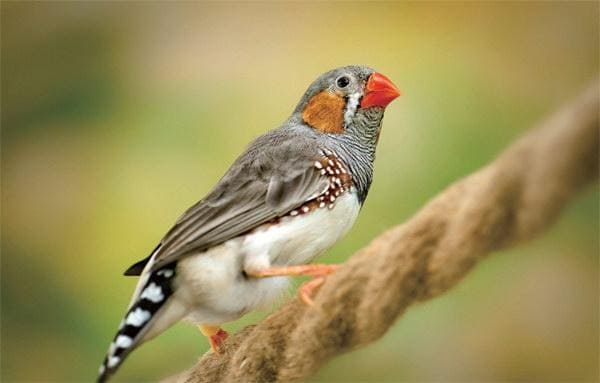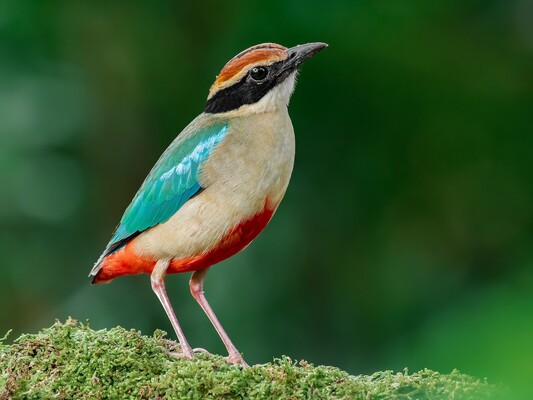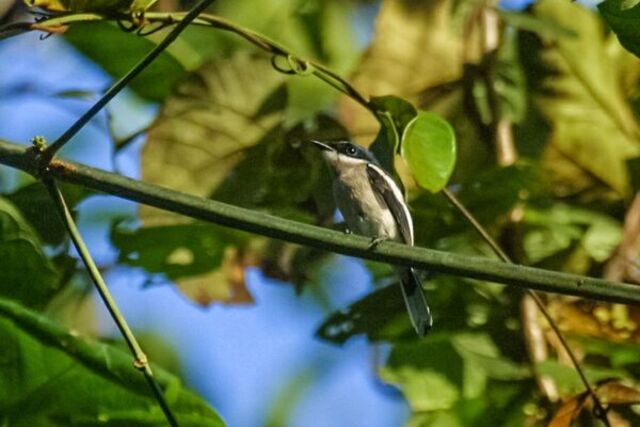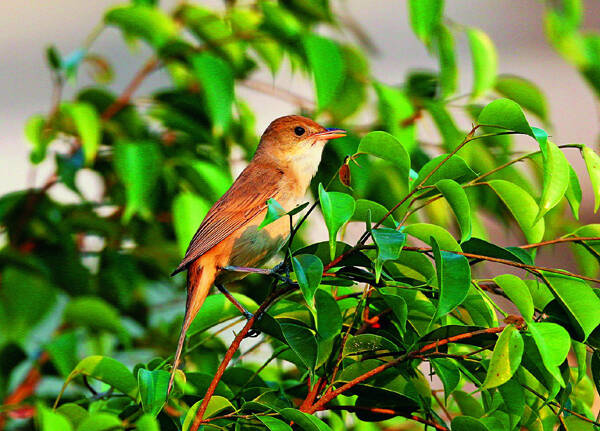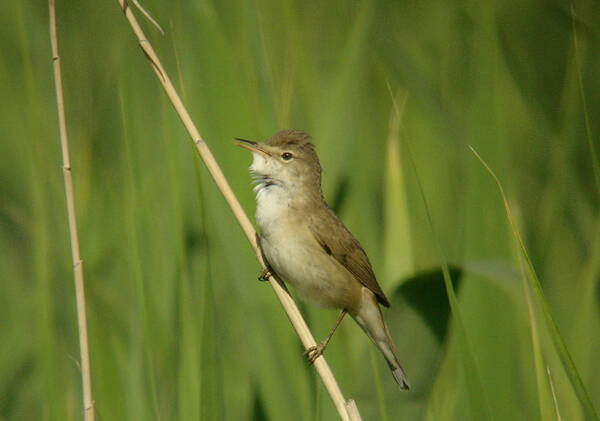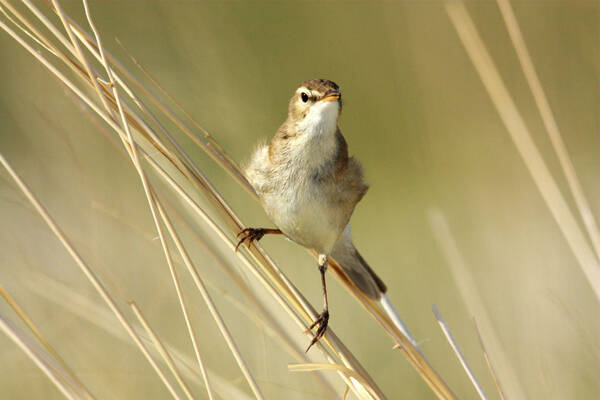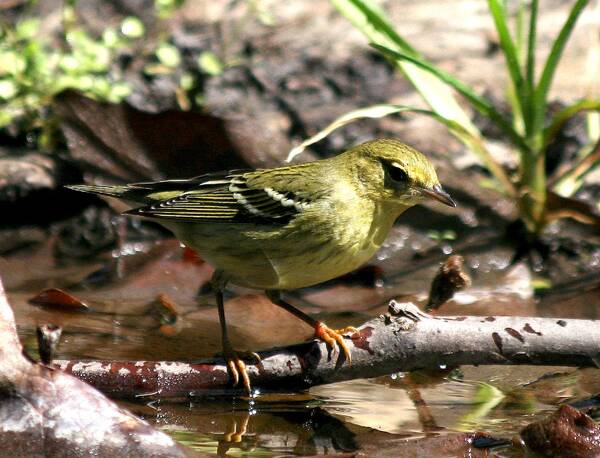Acrocephalus dumetorum
IUCN
LCBasic Information
Scientific classification
- name:Acrocephalus dumetorum
- Scientific Name:Acrocephalus dumetorum,Reed Warbler
- Outline:Songbird
- Family:Passeriformes Ornithogalidae R.Warbler
Vital signs
- length:126-151mm
- Weight:10-12g
- lifetime:
Feature
With a very weak yellowish eyebrow pattern.
Distribution and Habitat
In China, it is found in the Yili River Valley and Kashgar area in northwest Xinjiang. There have been records of stray birds in Hong Kong and Taiwan Island. The overseas breeding area extends from northern Europe to western Mongolia and south to the Pamir Plateau. The wintering area is in the southern foothills of the Himalayas, northeastern India, Myanmar and Sri Lanka.
Brown's reed warbler mainly inhabits bushes, reeds and grasses near waters in different habitats such as lakes, rivers, reservoirs, ponds, streams and swamps. It also inhabits bushes and grasses beside streams, lakes and ponds in Taigar forest belts and coniferous forests such as larch. Sometimes it also appears in bushes and grasses on the mountainside millimeters away from the water or on young trees. In winter or during migration, it is also often seen in plants in sparse forests, forest edges, roadsides, farmlands, courtyards and urban parks.
Appearance
The eyebrow is white, short, and only obvious in front of the eye. The upper body is gray-brown, the lower body is white, and the upper chest and flanks are stained with brown. The iris is olive brown, the beak is slender and pink, the tip of the beak is black, and the feet are brown.
Details
Brandt's reed warbler is a small bird. The male and female have similar plumage. It may be a summer migratory bird in Xinjiang, China, and a stray bird in Hong Kong. It often moves alone or in pairs. It is lively and alert. It often jumps on low trees or flies between small trees. It is busy looking for food all day long, and it often fan its tail feathers and swings them. During the breeding season, male birds mostly sing at night. During the peak breeding season, they sing continuously during the day and night. Their singing is sharp, fast, urgent, and varied, and their sound is like a repeated "chip-chip-chip..." sound.
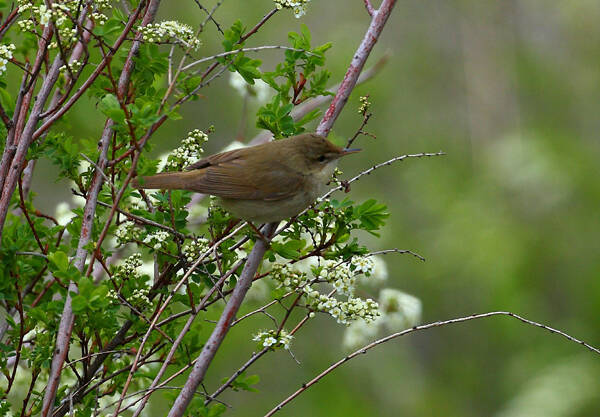
They mainly feed on insects and larvae of Coleoptera, Lepidoptera, Orthoptera, such as caterpillars and grasshoppers, and also eat other invertebrate foods such as locusts, beetles, spiders, etc.
The breeding season is from May to July. The nest is built near the water, on dense bushes and grass a few centimeters to 1 meter above the ground. The nest is cup-shaped, made of grass leaves and stems, with thinner grass stems and sometimes animal hair inside. The size of the nest is: 9-13 cm in outer diameter, 5-6 cm in inner diameter, and 3-4 cm deep. It usually takes 3 days to build a nest. Each nest lays 3-4 eggs. The color of the eggs varies greatly and can be divided into 3 types: ① light pink, with light reddish brown spots and gray-purple patches; ② milky white, with olive brown spots and gray-purple patches; ③ dirty white, with super-large cinnamon brown spots. The size of the egg is 17-19 mm × 12.8-15 mm.
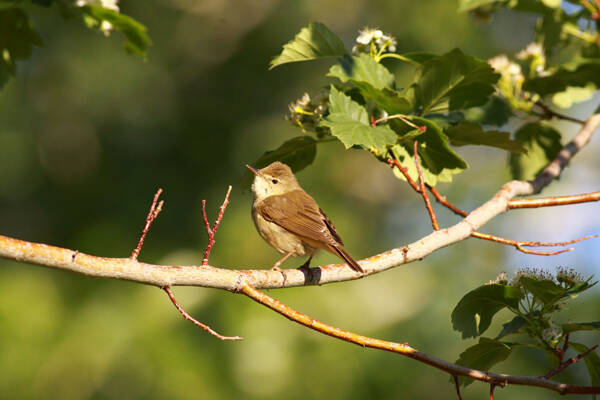
Listed in the IUCN Red List of Threatened Species in 2017 ver 3.1 - Least Concern (LC).

